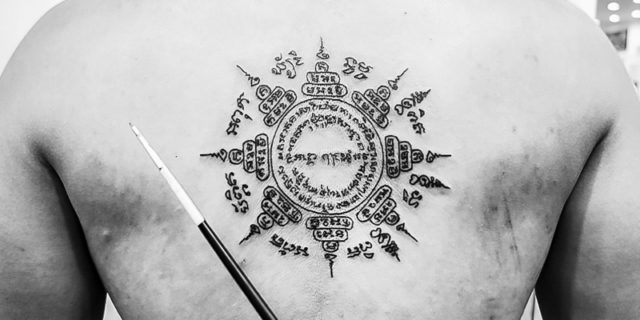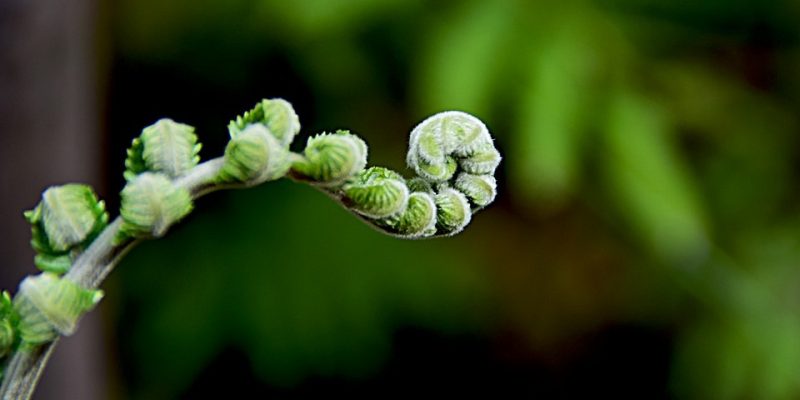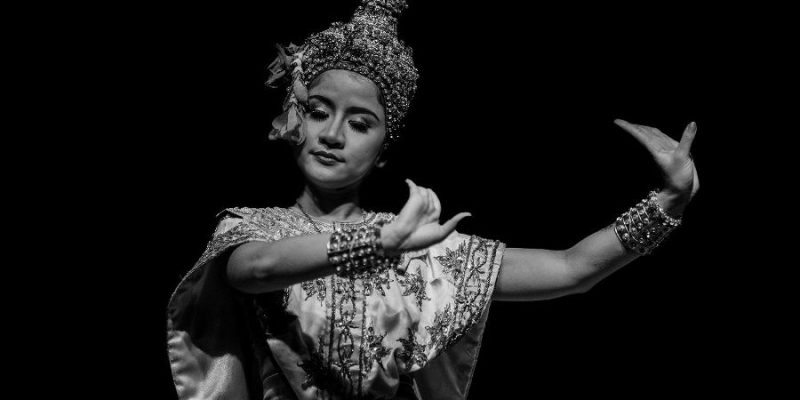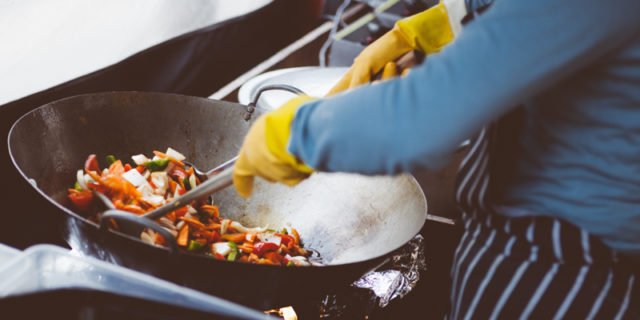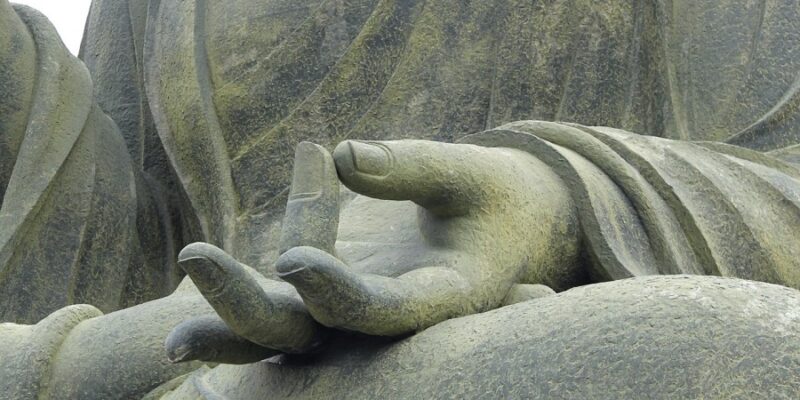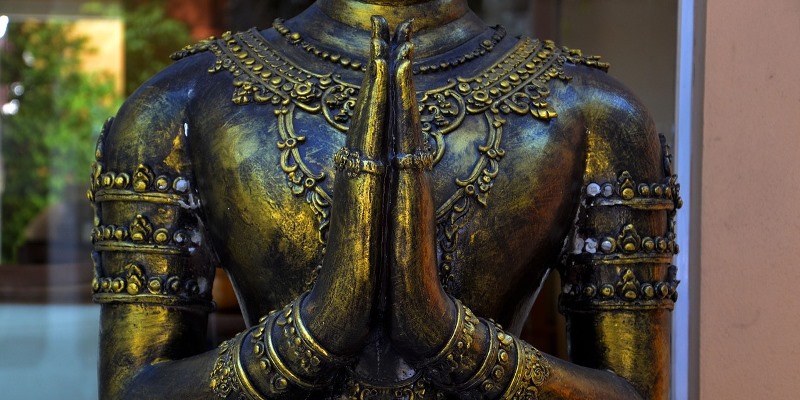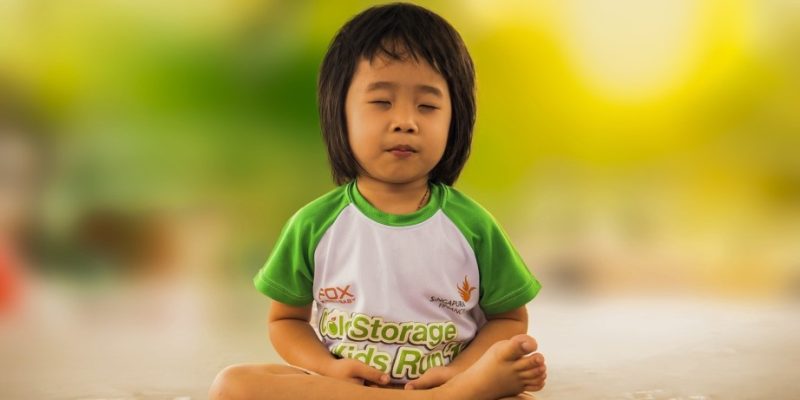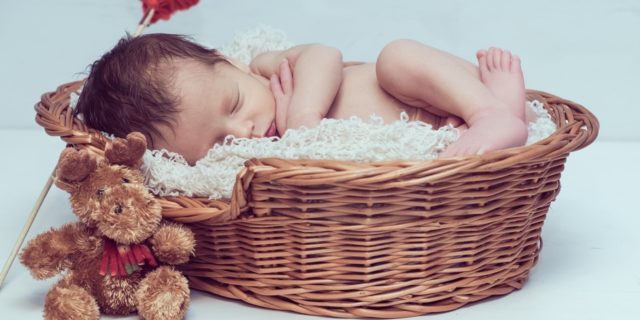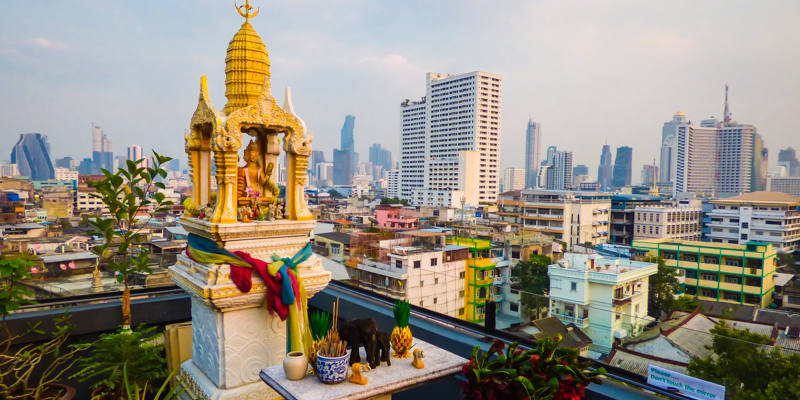
When I first heard of Thai spirit houses, I found them fascinating. I hadn’t been to Asia yet, and the whole concept really captivated me. Specially since I always thought of Thailand as a strictly Buddhist country, and being totally ignorant about the mysticism and superstitions present in Thai culture until today.

Thailand is in fact a very syncretic and paradoxical country that mixes Buddhist, Hindu, Animistic and Brahman beliefs in its spiritual practices. You can see people praying to the Buddha and also giving daily offerings to different gods and spirits to be protected, or getting a magical Sak Yant (Traditional Thai Tattoo) done – with ancient patterns found in different religions, as well as mantras written in old Khmer language or a depiction of Hanuman, the Hindu monkey god.
So when I went to Thailand, I was always looking for the spirit houses of the establishments I passed by, and noticing all those visible along the streets, or up on balconies or rooftops, the abandoned ones near sacred trees, the different styles, etc. But it took me a while to understand the meaning behind them — and probably I don’t understand fully still, but at least I can better grasp the ideas behind them.
Keeping the Spirits Happy
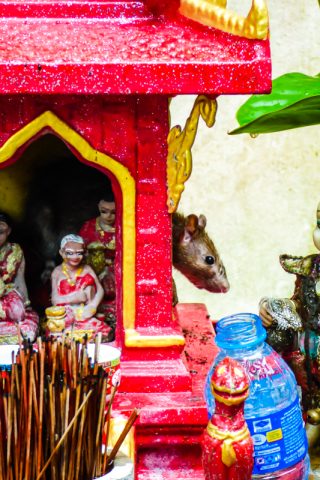
Spirit houses are common throughout most of Southeast Asian countries. They are small houses, traditionally made out of wood, but nowadays also made out of concrete and metal, with pretty, traditional architecture (so that will vary between the countries a bit), usually very colorful, which are placed at different spots on a terrain, on concrete or wooden pillars. The sizes of the spirit houses vary depending on the size of the land occupied, and the wealth of the owner of the land. Government institutions, or shopping malls, for instance, can have quite large spirit houses.
The purpose of a spirit house is to honor the guardians of the land, and in a way, to provide a new home for them. In Animistic beliefs, spirits are everywhere, or better said, everything has a spiritual essence, such as the land. So when you buy a piece of land to build your house or business, you need to pay respect to the spirit of that land — which you are basically “kicking out.”
Respect then is given in the form of a spirit house, and the daily offerings of food and drinks to keep the spirits happy so they help protect your house or business. The opposite is clear, if you don’t keep the spirits happy, don’t show gratitude and respect for the land, you will suffer the consequences. And I think the superstitious Thai people really don’t want to take any chances.
The most common offerings are flowers, water, incense, rice, bananas, coconuts, and desserts in general – sweet spirits love sweets, is the idea. But one interesting thing that is very noticeable is the popularity of strawberry-flavored Fanta offerings. The reason behind this popularity is unknown, but two theories are that the beverage is chosen because of its red color — a reminiscent of animal sacrifice — or that the choice is related to the old practice of putting red incense sticks in a glass of water, which turned the water red.
Anyway, in the condo we lived in when in Thailand there was never lack of bright red Strawberry Fanta for the spirits, that’s for sure. It’s a perfect example of how Thai culture and traditions are alive and strong, adapting to new circumstances and a modern lifestyle.
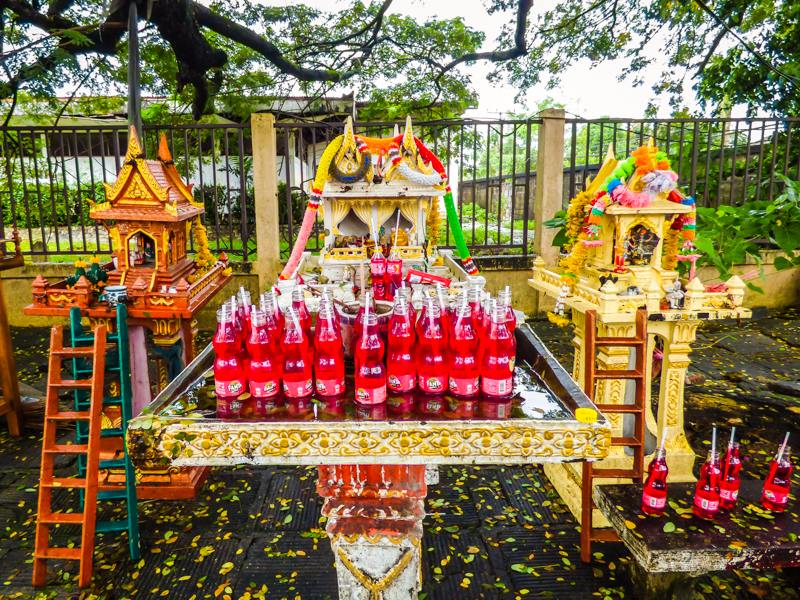
An Ancient and Complex Tradition
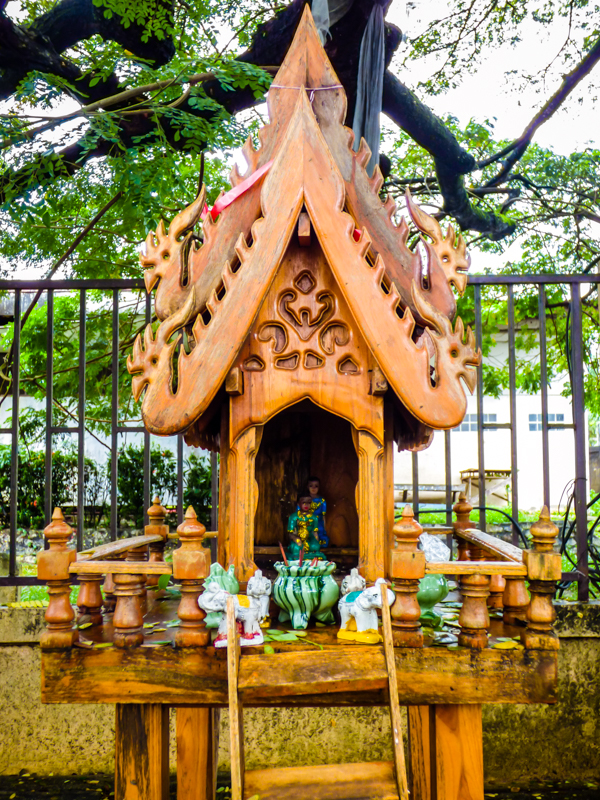
Another interesting detail I always loved to check out is that these small shrines usually have little figurines of people and animals inside. Commonly you find two types of spirit houses, which can be side by side in some places, or at different locations on the same terrain.
One type is called “Saan chao thii,” where inside there are tiny statues of an old man and old woman symbolizing one’s ancestrals, among other figurines. And the other type is called “Saan phra phum,” which brings protection and blessings because it is devoted to an “angel” named Phra Chai Mongkol — a usually golden, four headed statue, linked to Hindu myths of Vishnu. These are just two examples of this diverse and complex tradition.
Choosing the place and the date to put them on your land, among other details, is a complex process and needs the help of a sacred person – be it a Brahman priest or a Monk. He will help to decide the most auspicious location, based on many things such as the astrological chart, the day of the inauguration of a business, etc.
It’s also quite a big business — a whole industry in fact — because nowadays you just buy your spirit house ready made, with the color and specifications you want, instead of carving one of wood by yourself. Anyway, spirit houses are everywhere to be seen in Thailand, one more reason that makes the country so colorful and fascinating. So when you visit Thailand, be sure to keep an eye out for these little shrines.







